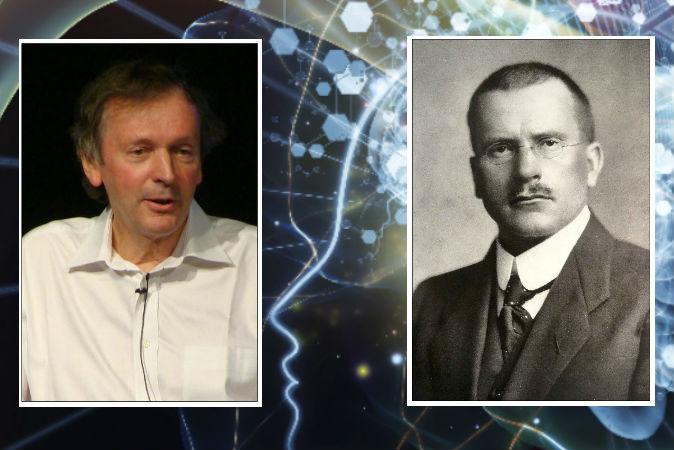Biologist Dr. Rupert Sheldrake and famed psychiatrist Carl Jung have taken different—but complementary—approaches to synchronicity. Synchronicity refers to coincidences that appear between one’s mental state and events occurring in the external world.
A simple, common example is when you think of someone out of the blue and your phone instantly rings with that person on the other line. But many synchronicities are more bizarre and complex.
Jung coined the term “synchronicity” and approached this mysterious phenomenon from a psychological perspective, forming a theoretical basis for understanding it. Sheldrake—who counts among his credentials work in developmental biology at Cambridge University—has spent decades gathering evidence for the physical existence of a mental field extending beyond the body. His specialty is “the extended mind.”





